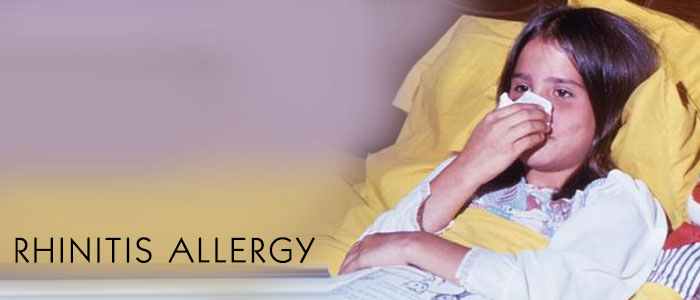
Allergic rhinitis is an allergic inflammation of the nasal airways. It occurs when an allergen, such as pollen, dust, or animal dander (particles of shed skin and hair) is inhaled by an individual with a sensitized immune system. In such individuals, the allergen triggers the production of the antibody immunoglobulin E (IgE), which binds to mast cells and basophils containing histamine. When caused by pollens of any plants, it is called pollinosis, and, if specifically caused by grass pollens, it is known as hay fever. While symptoms resembling a cold or flu can be produced by an allergic reaction to pollen from plants and grasses it does not cause a fever.
What is allergic rhinitis?
Allergic rhinitis, often called allergies or hay fever, occurs when your immune system overreacts to particles in the air that you breathe—you are allergic to them. Your immune system attacks the particles in your body, causing symptoms such as sneezing and a runny nose. The particles are called allergens, which simply means they can cause an allergic reaction.
People with allergies usually have symptoms for many years. You may have symptoms often during the year, or just at certain times. You also may get other problems such as sinusitis and ear infections as a result of your allergies.
What are the symptoms of allergic rhinitis?
In most cases, when you have allergic rhinitis:
• You sneeze again and again, especially after you wake up in the morning.Which allergens commonly cause allergic rhinitis?
• You have a runny nose and postnasal drip. The drainage from a runny nose caused by allergies is usually clear and thin. But it may become thicker and cloudy or yellowish if you get a nasal or sinus infection.
• Your eyes are watery and itchy.
• Your ears, nose, and throat are itchy.
